A suburban Los Angeles motel transformed into a micro-concert grand finale for Pacific Standard Time – Art in LA 1945-80, produced by Society for the Activation of Social Space through Art and Sound.
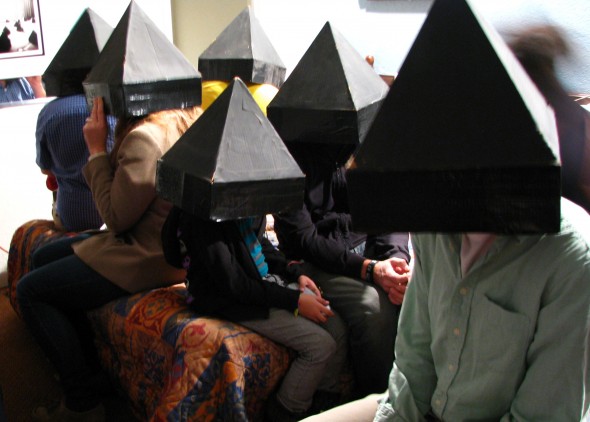

Schoenberg-Inspired Vibrating Violas and Cage Cactus Electronica Spins The Welcome Inn Time Machine
Eagle Rock’s Welcome Inn transformed into a micro-concert grand finale for Los Angeles’s Pacific Standard Time Performance and Public Art Festival. The Society for the Activation of Social Space through Art and Sound (SASSAS – http://www.sassas.org/) produced this free, six-hour event called the Welcome Inn Time Machine. Select motel rooms featured experimental music originating in Southern California between 1949 and 1977.
James Tenney, Postal Pieces (1965 – 1971)
httpvh://youtu.be/mw5lwzYN5vU
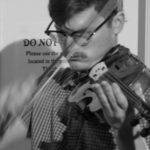

The Postal Pieces are a series of 11 indeterminate scores composed between 1965 and 1971. Called Postal Pieces because they were printed on post cards (or as Tenney referred to them, “score cards”), most of the works were produced for the first time while Tenney was teaching at CalArts between 1971 and 1976.
Tenney, only in his late-career emerging from obscurity, has pioneered musical fields as diverse as computer music, tuning theory, and integrating ideas from acoustics and music cognition into his work. Tenney has also been important as a teacher, performer, and scholar of other radical American composers.
John Cage – Variations IV (1963)
httpvh://youtu.be/527a35pynro
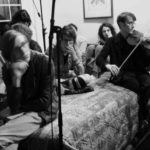

Realized by Scott Benzel and Dave Muller, John Cage’s Variations IV is intended for any number of players producing any sounds by any means, “with or without other activities.” The score consists of seven points and two circles on a transparent sheet. The sheet is cut into nine small sheets. One of the circles is then placed anywhere on a map of the area where the performance is to take place. Then the rest of the sheets are dropped anywhere on the same map and straight lines are drawn from the first circle to the seven points; if a line intersects or is tangent to another circle, the same procedure is applied to that circle. Performers do not need to confine themselves to a performance of the piece during the entire performance and are free to engage in any other activities at any time.
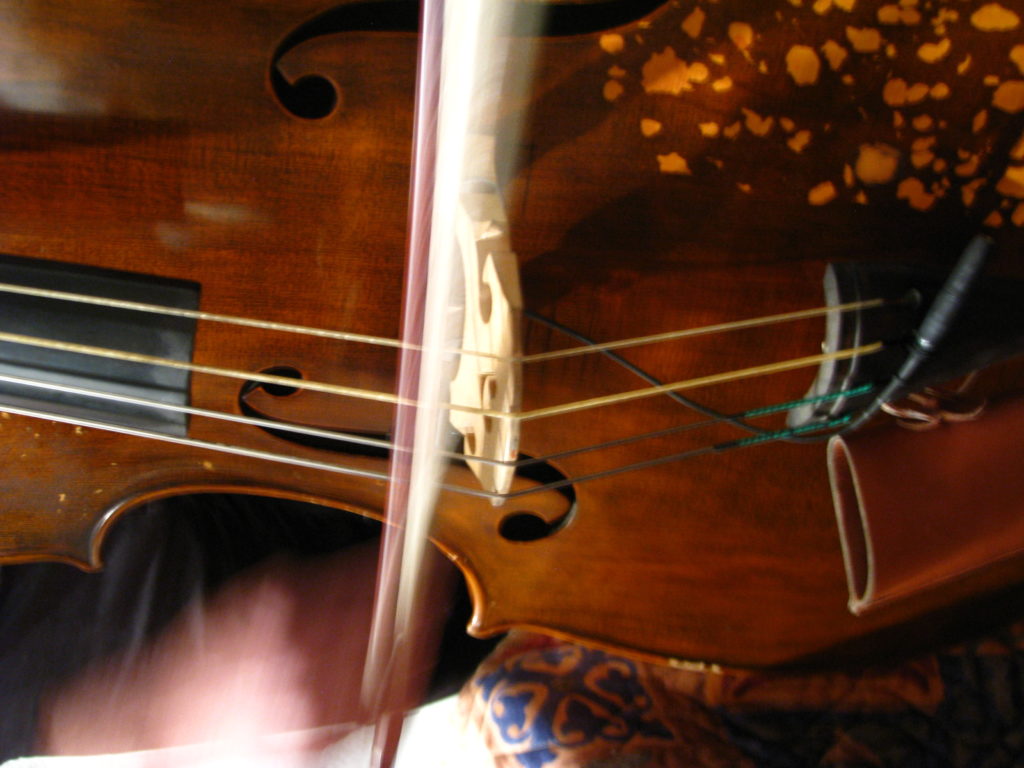
Cage wrote the score in a rented Malibu house on a summer day in 1963 and premiered it a week later at UCLA as the music played along with Merce Cunningham’s “Field Dances.” In 1964, Cage and pianist David Tudor equipped two rooms at LA’s Feigen/Palmer Gallery with complete sound systems (recording and mixing equipment, numerous radios, tape players and record decks to be used by carefully supervised operators) and placing microphones strategically inside and outside the building (one was suspended above the bar, another out in the street to catch the passing traffic). Thus they embarked on a famous six-hour version of the Variations, and a recording of excerpts became an major addition to the Cage discography. The composer in fact grew up in Los Angeles in the 1920s, walking distance from the venue.
STORY: mapping sound. – Bowed Guitar Tributaries of Los Angeles
httpvh://youtu.be/yH8FdjvkiXw
The Calder Quartet – here but not there; there but not here, 2012
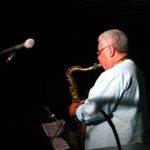

Based on Arnold Schoenberg‘s Entwürfe zu einem Streichquartett [Draft of a String Quartet] (1949) with inspiration from Christian Wolff. The Calder Quartet are Andrew Bulbrook, Benjamin Jacobson, violins, Jonathan Moerschel, viola, and Eric Byers, cello.
Composer Arnold Schoenberg moved to the United States in 1934 and soon settled in Los Angeles. During his time in LA, he wrote such notable pieces as the Violin Concerto (1942), A Survivor from Warsaw (1947) and Ode to Napoleon Bonaparte (1942). In addition to this and numerous other works he wrote while in Los Angeles, several were unfinished upon his death in 1951, including the Draft of a String Quartet from 1949.
httpvh://youtu.be/teKo6HkyoqY
Bruce Nauman (Violin Tuned D.E.A.D.)
LA Times Review: http://latimesblogs.latimes.com/culturemonster/2012/01/music-review-john-cage-in-a-motel-room-as-part-of-pst.html
Updated 4 June 2017

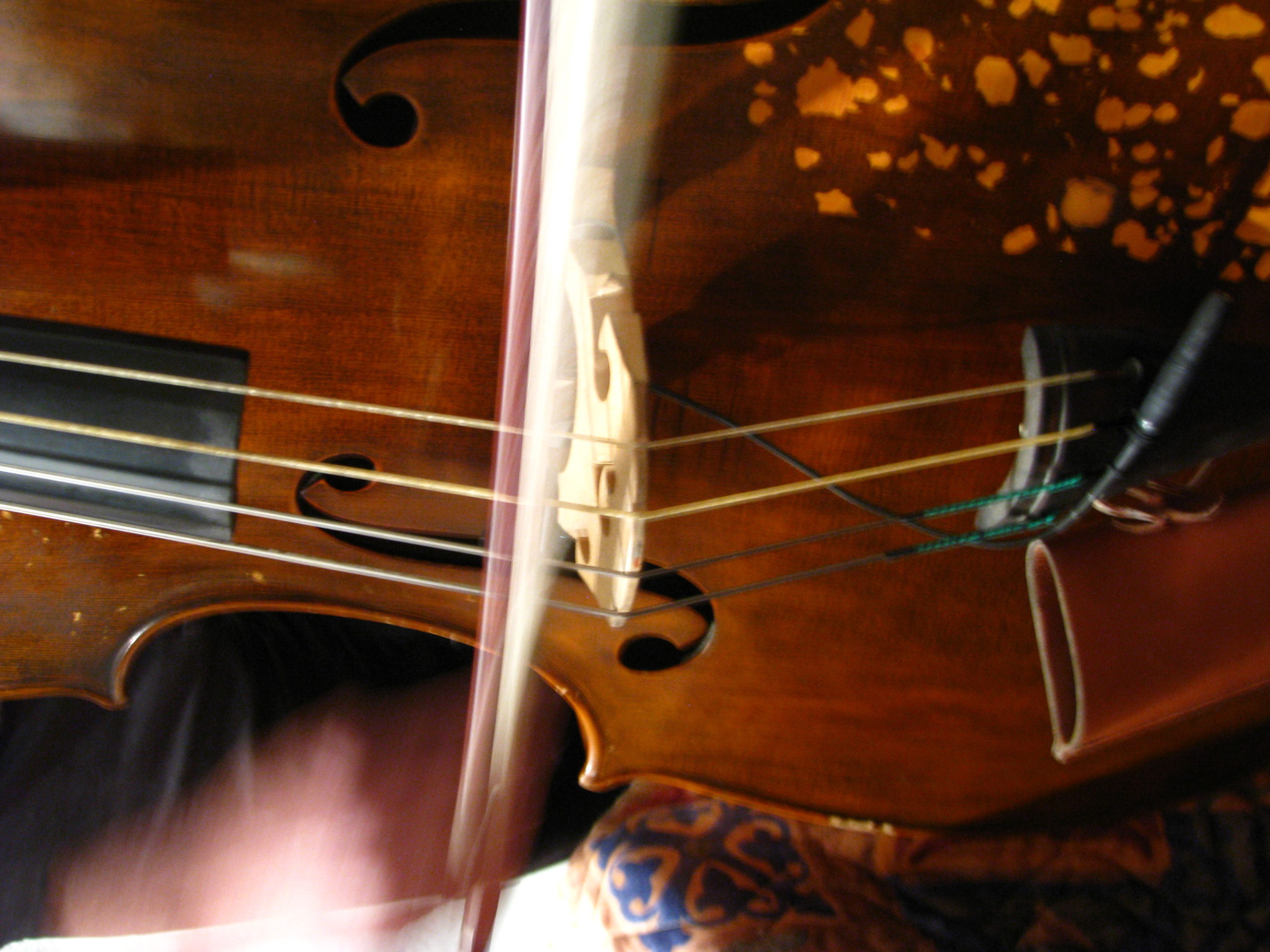








Pingback: mapping sound. Bowed Guitar Tributaries of Los Angeles | WilderUtopia.com